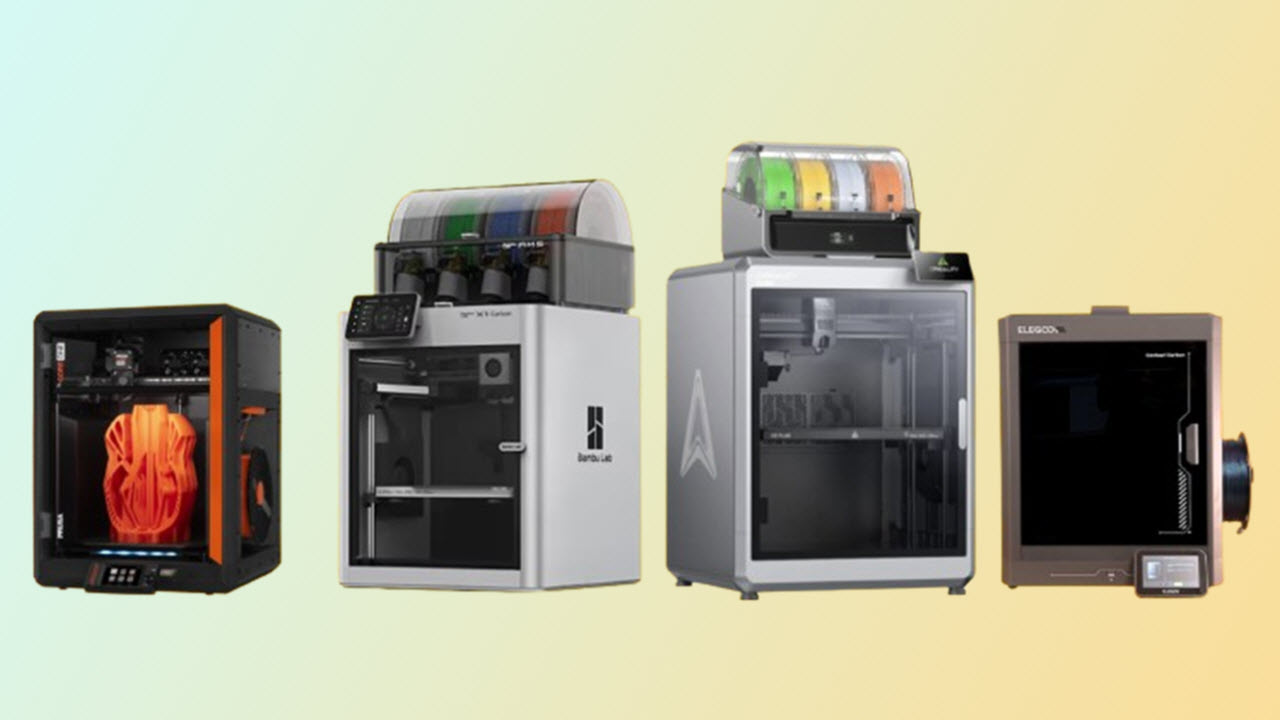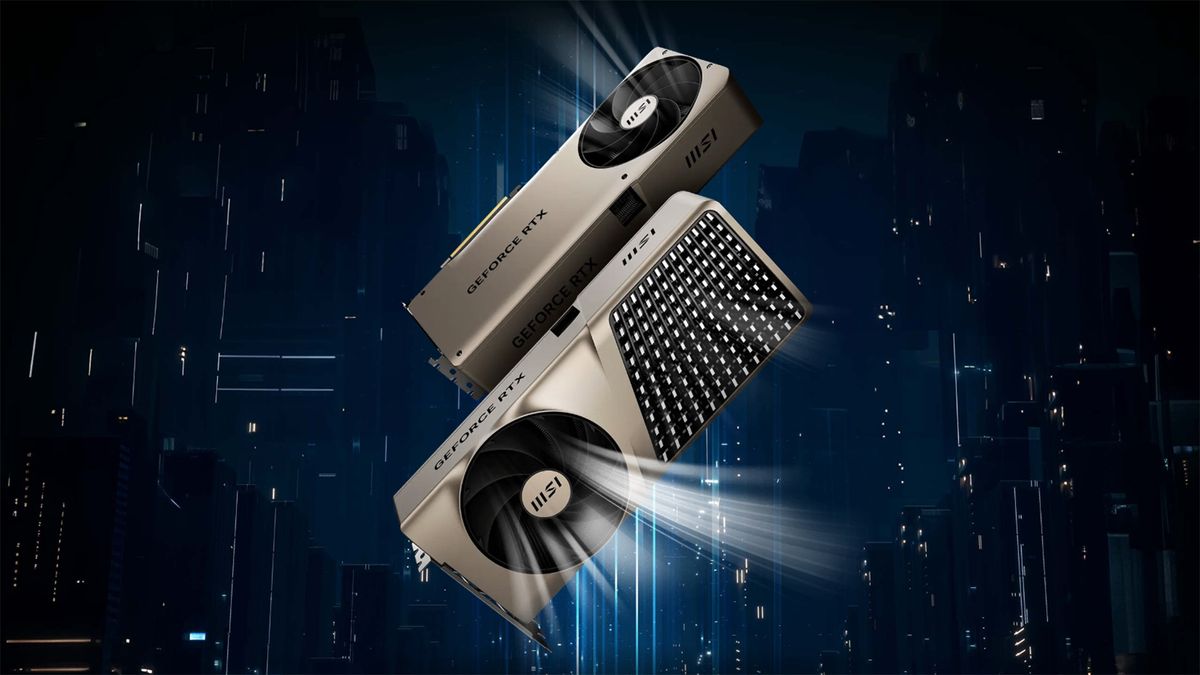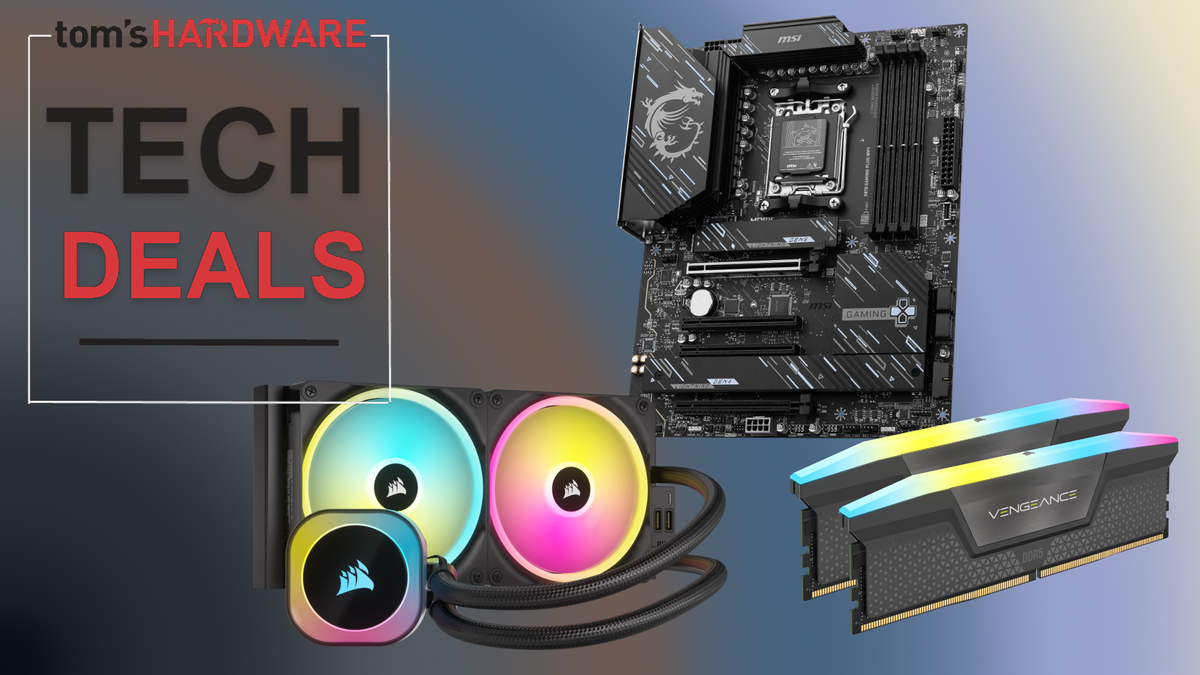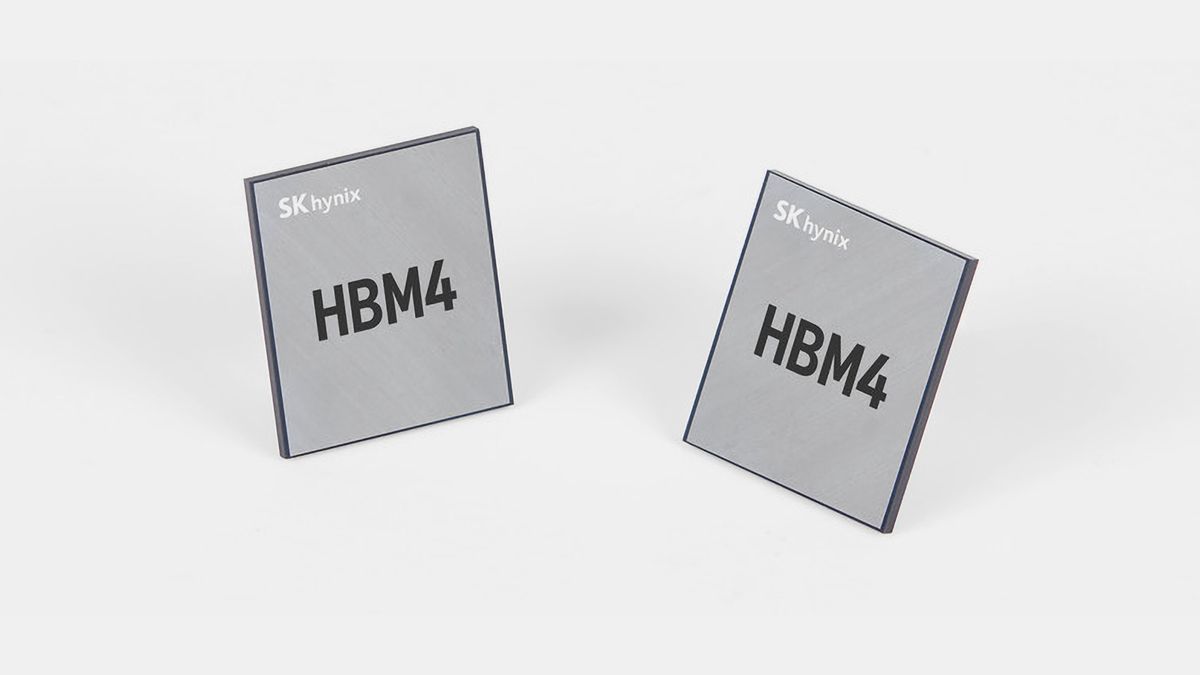Fears of new U.S. tariffs on Chinese-made 3D printers may have caused shipments of consumer-level 3D printers to surge in the first quarter of 2025, according to data gathered by market intelligence firm CONTEXT. The report shows that buyers are opting for less expensive, high-performance machines, such as those from Bambu Lab, over more costly professional and industrial machines.
CONTEXT generously defines entry-level 3D printers as those under $2500, which would include popular printers like the Bambu Lab X1C, plus the A1 and P1 series. The H2D without a laser would squeak in at this level, though the full laser combo we reviewed would be pushed into the Professional category.
The company’s latest report on Q1 data shows more than one million “entry-level” machines were shipped worldwide from January to March of this year. This represents a 15% year-over-year increase, while industrial shipments were down 17% and midrange pro machines were down 13% the last 12 months.
This shows a clear shift in buying habits, as another market intelligence company, Mordor Intelligence, suggests that Additive Manufacturing as a whole is growing. Mordor Intelligence reports that the global 3D Printing market reached $25.32 billion in 2024 and is expected to grow to $66.42 billion by 2030. Desktop 3D printing – where consumer-level 3D printers reside – is a sizable part of the equation, reaching $6.7 billion in 2025.
Among these so-called entry-level brands, Chinese companies accounted for 95% of the machines shipped globally. Creality maintained its position as the market leader in this category with a 39% share, even though its unit sales dipped by 3%. Bambu Lab saw the most growth, with shipments up 64% year-over-year. The report stated that Flashforge and Elegoo also posted strong gains.
Elegoo refused to comment on their sales numbers, citing confidentiality.
Prusa Research, well known as a supporter of the consumer 3D printing community, straddles the line, with two of their machines crossing into the pro/industrial side: the Prusa XL and the Prusa Pro HT90. The latter machine is a $10,000 delta specifically for engineering-grade materials. But the company is very confident that the Prusa CORE One, released towards the end of Q1, will shake up the entry-level category. “We knew from the start that the CORE One was going to shake things up in this category and claim the crown. It’s affordable, prints fantastic quality from PLA and PETG even with the closed door, and handles tough materials like PC and ASA better than a lot of more expensive machines. So honestly, it’s no surprise we’re seeing double-digit growth year-on-year.”
3D printing isn’t just becoming more widely adopted. The Mordor Intelligence report found that using 3D printers for prototyping parts was only 42% of the reason companies use additive manufacturing. This suggests that companies are embracing 3D printing for manufacturing finished parts. The medical industry is using resin 3D printing more and more to produce dental implants and surgical guides, while power bed fusion is being used in the automotive and aerospace industries. Companies are using 3D printing to manufacture personalized goods, and we’re not just talking about a mug with your name on it. Custom eyewear frames are becoming popular, as are made-to-spec sporting goods, such as golf clubs, football helmets, and shoes.

 4 months ago
90
4 months ago
90






 English (US) ·
English (US) ·